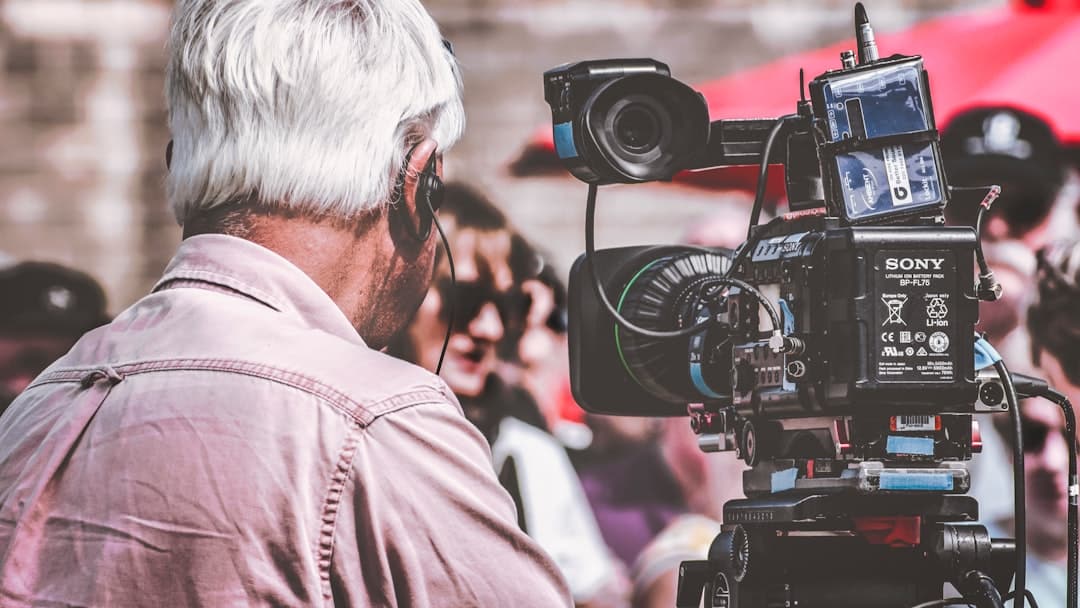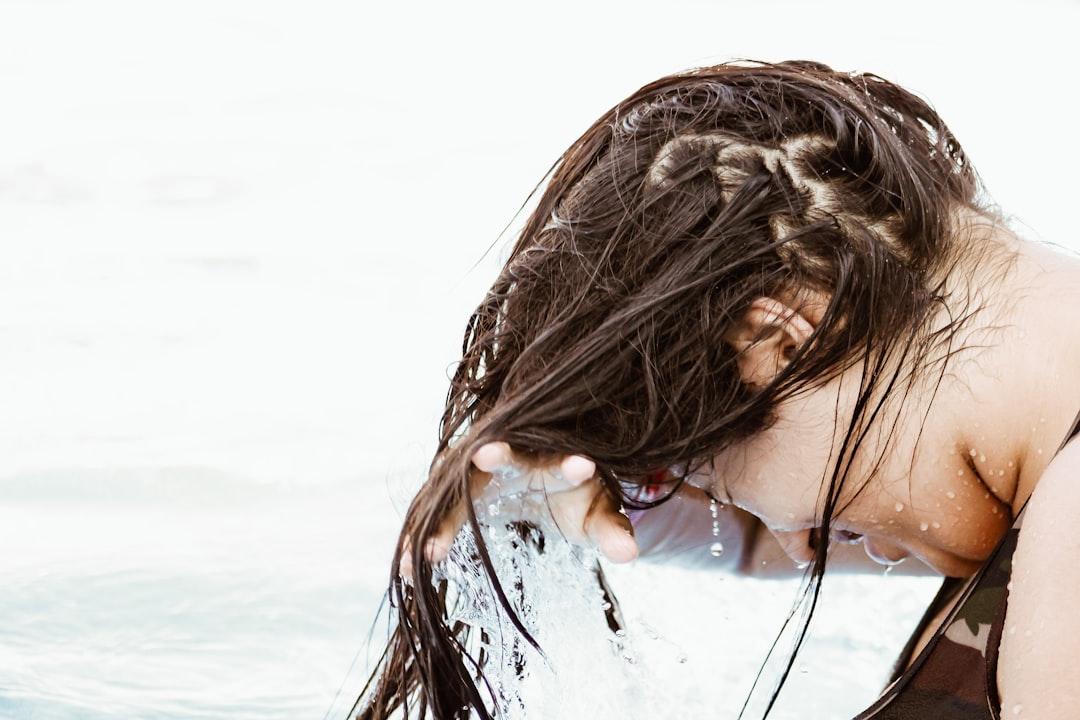|
IN BRIEF
|
Creating an impressive portrait may seem like a challenge reserved for professional artists, but there are methods accessible to everyone. Whether you are a beginner or simply an amateur wanting to capture the personality of a loved one, it is possible to create a work that will amaze your loved ones. In this article, we will reveal a simple and effective method that will allow you to bring your portraits to life, without requiring advanced technical skills. Get ready to discover the joy of accessible art and reveal your creativity!
Make a impressive portrait does not require you to be an accomplished artist. Thanks to simple techniques and a structured approach, it is possible for any amateur to produce remarkable works. This article will guide you step-by-step through the essential steps, focusing on the basics of drawing, the importance of proportions and the judicious use of light and shadow. Get your pencils ready and discover how to express your creativity effortlessly.
Preparation and necessary materials
Before you begin, it is crucial to gather the right materials. You don’t need a lot of fancy tools to get started. A simple HB pencil, an eraser, drawing paper and a few pencils of different shades, such as 2B or 4B, will be more than enough. Also make sure you have a comfortable, well-lit workspace that will allow you to fully concentrate on your work.
Choice of subject
Choosing the topic is an important step. For beginners, it is advisable to choose a simple model, with distinct features and without too many complex details. This could be a photo of a friend or family member, or even a self-portrait in front of a mirror. The main thing is to choose a topic that you are comfortable with and that inspires you.
Creating a Basic Sketch
Once the topic is chosen, start by creating a basic sketch. Use light lines to draw the main shapes and proportions of the face. A proven method is to draw an oval to represent the head, then divide this oval into several sections to position the eyes, nose, and mouth in a harmonious way.
Facial proportions
Understanding human facial proportions is essential to creating a realistic portrait. In general, the head can be divided into three equal parts: from the top of the skull to the eyebrow line, from the eyebrow line to the bottom of the nose, and from the bottom of the nose to the chin. The corners of the eyes generally lie in line with the edges of the nostrils, while the corners of the mouth lie in line with the center of the eyes.
Position of eyes, nose and mouth
The eyes should be placed halfway between the top of the head and the chin. The distance between the eyes is approximately equal to the width of one eye. The nose starts at half this distance and goes down about a third of the way between the eyes and the chin. The mouth is located halfway between the bottom of the nose and the chin.
Ears and neck
The ears should be placed between the line of the eyebrows and that of the base of the nose. The neck, on the other hand, should be proportionate and start just below the base of the skull, forming a gentle angle towards the shoulders.
| Steps | Concise description |
| 1. Choose the subject | Select a person who inspires and captures attention. |
| 2. Observe the traits | Study facial features: face shape, eyes, mouth. |
| 3. Light Sketch | Use a pencil to sketch a basic outline without details. |
| 4. Work with shadows | Add shadows to give volume and realism. |
| 5. Add details | Integrate the details of the eyes, nose and mouth gradually. |
| 6. Use color | Incorporate colors to enrich the portrait and create depth. |
| 7. Take a step back | Evaluate the portrait from a distance to adjust proportions and shadows. |
| 8. Finalize with keys | Make final adjustments to fine-tune details. |
- Choosing the right lighting – Opt for natural or soft light to flatter the features.
- Use a simple background – A neutral background avoids distractions and highlights the subject.
- Capture the right expression – Make the subject laugh or relax to achieve natural expressions.
- Experimenting with angles – Try several angles to find the most flattering.
- Take care of the composition – Use the rule of thirds for a pleasant visual effect.
- Contextualize the subject – Integrating elements that tell the story of the subject reinforces the impact of the portrait.
- Take your time – Not rushing allows you to capture an authentic essence.
- Lightly retouch – Use simple tools to correct imperfections without exaggeration.
- Use accessories – Elements like hats or glasses add character.
- Stay true to the subject – Show the personality of the subject rather than trying to idealize.
Adding details
After establishing the basic sketch and proportions of the face, it’s time to add more subtle details. Start by refining the contours of the eyes, adding eyelids, lashes and iris details. Likewise, give shape and texture to the eyebrows, ensuring that they have a consistent density and direction.
Shadows and lights
Effective use of light and shadow is what brings your portrait to life. Identify the main light source and shade opposing areas to create volume and depth. Use light, gradual hatching for light areas and accentuate stronger shadows with darker pencils like 4B or 6B. Remember that light reflections in the eyes give a realistic and lively effect.
Skin and hair textures
To make your portrait even more realistic, it is important to pay attention to textures. Skin is never perfectly smooth, it has subtle variations in tones and surfaces. Represent them with light, irregular shading. The hair should also be detailed, showing the natural flow and direction of the strands.
Advanced techniques for a quality portrait
For those who want to go beyond the basics and add a professional touch to their portrait, several advanced techniques can be employed. For example, using blends to soften light and shadow transitions, or applying multiple layers to enrich texture and depth.
Blend and gradient
L’ fade is a technique that involves smoothing out pencil shades on paper, creating smoother transitions between different areas of light and shadow. You can use blending sticks, pieces of fabric, or even your finger to blend out areas, being sure to maintain precise control to avoid messing up the drawing.
Adding fine details and highlights
Fine details, like skin creases, subtle imperfections, and light reflections on lips or eyes, can really enhance the quality of your portrait. Use a bread eraser to create precise highlights and reposition shadows to balance the overall nuances of the face.
Practice and patience
Creating an impressive portrait without being a professional artist requires practice and patience. Don’t be discouraged if the first few attempts aren’t perfect. Regular practice will allow you to gradually improve your technique and gain a better understanding of proportions, textures and shading.
Regular exercise
Practice regularly by drawing various portraits, experimenting with different types of faces and expressions. This variety will allow you to refine your pencil stroke and develop a style that is unique to you. Record your progress to see how you change over time.
Patience and perseverance
Persistence is the key to success. Every portrait you draw is an opportunity to learn and improve. Don’t be overly critical of your work and give yourself time to experiment and understand what works best for you. Enjoy the creative process as much as the end result.
Conclusion and practical advice
In summary, creating an impressive portrait without being a professional artist is entirely possible with a methodical approach and practice. By following these steps and using the techniques described, any amateur can create remarkable works. Remember that the essence of art lies in the passion and pleasure you take in it, much more than in technical perfection.
Tips for progress
Finally, here are some tips to help you progress and find your own style:
Study the works of other artists: Observe how artists you admire work with proportions, shadows and details, and try to understand the techniques they use.
Participate in drawing workshops: If possible, join drawing workshops or classes to receive constructive criticism and benefit from professional teaching.
Explore different mediums: Feel free to experiment with colored pencils, charcoals, or even paints to discover what works best for you.
Share your works: Sharing your portraits with an audience, whether online or through local exhibitions, can provide valuable feedback and boost your confidence.
With these tools in hand, you’re ready to get started creating stunning portraits. Good luck and above all, have fun!
- What is the recommended method for starting a portrait?
- It is advisable to start by sketching the contours of the face using simple geometric shapes to define the proportions.
- What tools are essential for taking a portrait?
- For a successful portrait, you need at least pencils of different hardnesses, an eraser, good quality paper, and possibly pastels to add color.
- How to capture facial features accurately?
- It’s important to carefully observe the model’s features and use measuring techniques, such as the « system of proportions, » to ensure everything lines up properly.
- Is it necessary to have advanced drawing skills?
- No, the key is to practice and learn the basics of drawing. Even a beginner can create an impressive portrait by following simple steps.
- What is the importance of light and shadow in a portrait?
- Lights and shadows add depth and realism to the portrait. By working on contrasts, you can bring your drawing to life.
- How to finish a portrait to obtain a professional result?
- Once you’re happy with your drawing, take the time to finalize the details and add finishing touches like highlights in the eyes or textures in the hair.
- How to improve your portrait skills?
- Regular practice is essential. In addition, participating in drawing classes or studying artists’ works can greatly help you progress.





